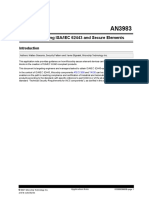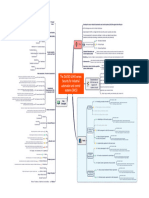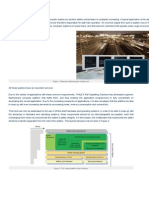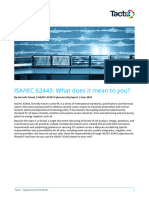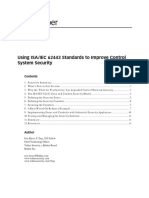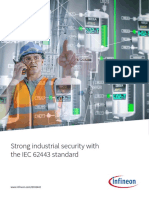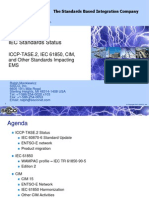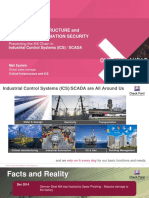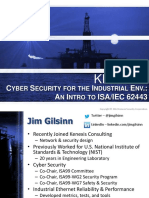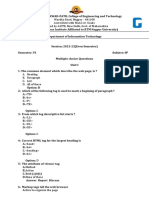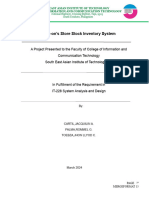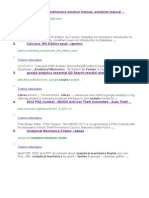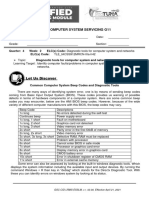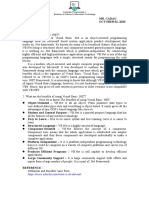0% found this document useful (0 votes)
152 views15 pagesFusing Safety and Security On A Solid Foundation For ERTMS
Uploaded by
Anoop MishraCopyright
© © All Rights Reserved
We take content rights seriously. If you suspect this is your content, claim it here.
Available Formats
Download as PDF, TXT or read online on Scribd
0% found this document useful (0 votes)
152 views15 pagesFusing Safety and Security On A Solid Foundation For ERTMS
Uploaded by
Anoop MishraCopyright
© © All Rights Reserved
We take content rights seriously. If you suspect this is your content, claim it here.
Available Formats
Download as PDF, TXT or read online on Scribd
/ 15




